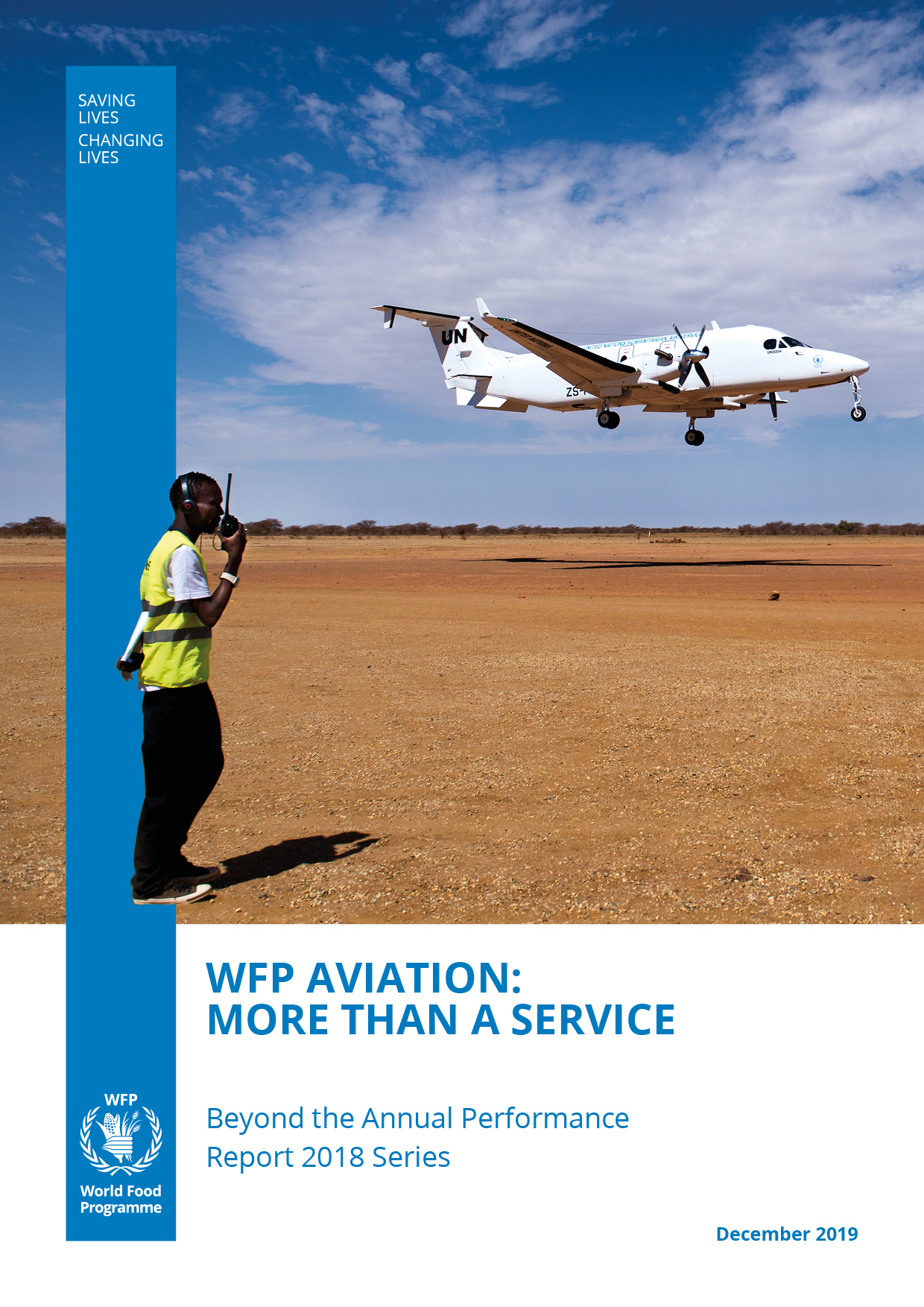The frequency of humanitarian emergencies has significantly increased the number of people in need of humanitarian assistance over the last 20 years. During 2018, 136 million people required international humanitarian assistance, representing an increase of 5.8 percent as compared to 2017. This increase was particularly pronounced in sudden-onset emergencies, where air transport to move lifesaving supplies over vast distances was critical. Air transport remained the fastest means to reach people in locations which would otherwise be inaccessible by road.
The WFP Strategic Plan (2017–2021) strategic goals are based on two primary Sustainable Development Goals (SDGs): SDG 2: Achieving zero hunger, and SDG 17: Partnering to support the implementation of the SDGs. In line with these two SDGs, WFP Aviation provides the humanitarian and development communities with access to safe and reliable air services.

